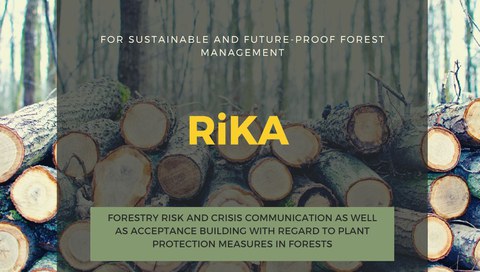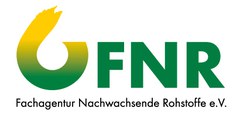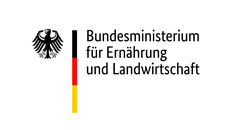RiKA - Results
Topic
Forest risk and crisis communication as well as acceptance building regarding plant protection measures in forests as a prerequisite for sustainable and future-oriented forest management.
Final presentation of the research project "RiKA
Final report research project "RiKA"
The project RiKA - Forest Risk and Crisis Communication and Acceptance Building with regard to Plant Protection Measures in Forests (2019-2023) investigated how plant protection measures in forests are communicated and perceived by the public. The aim was to improve forestry communication and strengthen social acceptance of forest protection measures.
Initial situation
German forests are under massive pressure due to the climate crisis, insect pests and conflicts of use. Necessary plant protection measures - to combat the bark beetle, for example - are increasingly meeting with public criticism. Media reports, protests and uncertainty about risks are causing conflicts that are further exacerbated by inadequate communication.
Project results
RiKA analyzed data on the use of plant protection products in Saxony and Brandenburg, investigated public and media perception as well as knowledge and acceptance of measures. The most important findings:
-
Actual use low: The use of chemical pesticides is very low in terms of area (<1%), but is disproportionately present in the media.
-
Knowledge deficits: Many people underestimate the complexity of forestry decisions and are hardly aware of alternatives or legal framework conditions.
-
Crisis potential: Helicopter operations and other PPPs meet with particularly low acceptance - often triggered by insufficient or late information.
-
Communication problems: Forestry public relations work was predominantly rated as inadequate. There is a lack of clear contact persons, comprehensible communication and target group-specific formats.
Recommendations for action
Based on the results, RiKA developed specific recommendations for sustainable risk and crisis communication:
-
Early, transparent information: risks, benefits and alternatives must be clearly stated.
-
Addressing specific target groups: Different perspectives (e.g. laypersons, experts, media) require differentiated communication strategies.
-
Use digital formats: Social media, online portals and modern explanatory formats are crucial for reach and comprehensibility.
-
Strengthen trust: Forestry measures should be explained by authentic, well-trained representatives in order to promote credibility and acceptance.
Transfer to practice
With the campaign "At home in the forest. Forest protection measures for a climate-resilient forest of tomorrow" campaign, the first communication tools were put into practice - both internally to support forest stakeholders and externally to inform the public.
Project duration
01.05.2019 - 30.04.2023
Funded by
Student Assistants
- Stefan Mayr
- Jacob Riedel



































